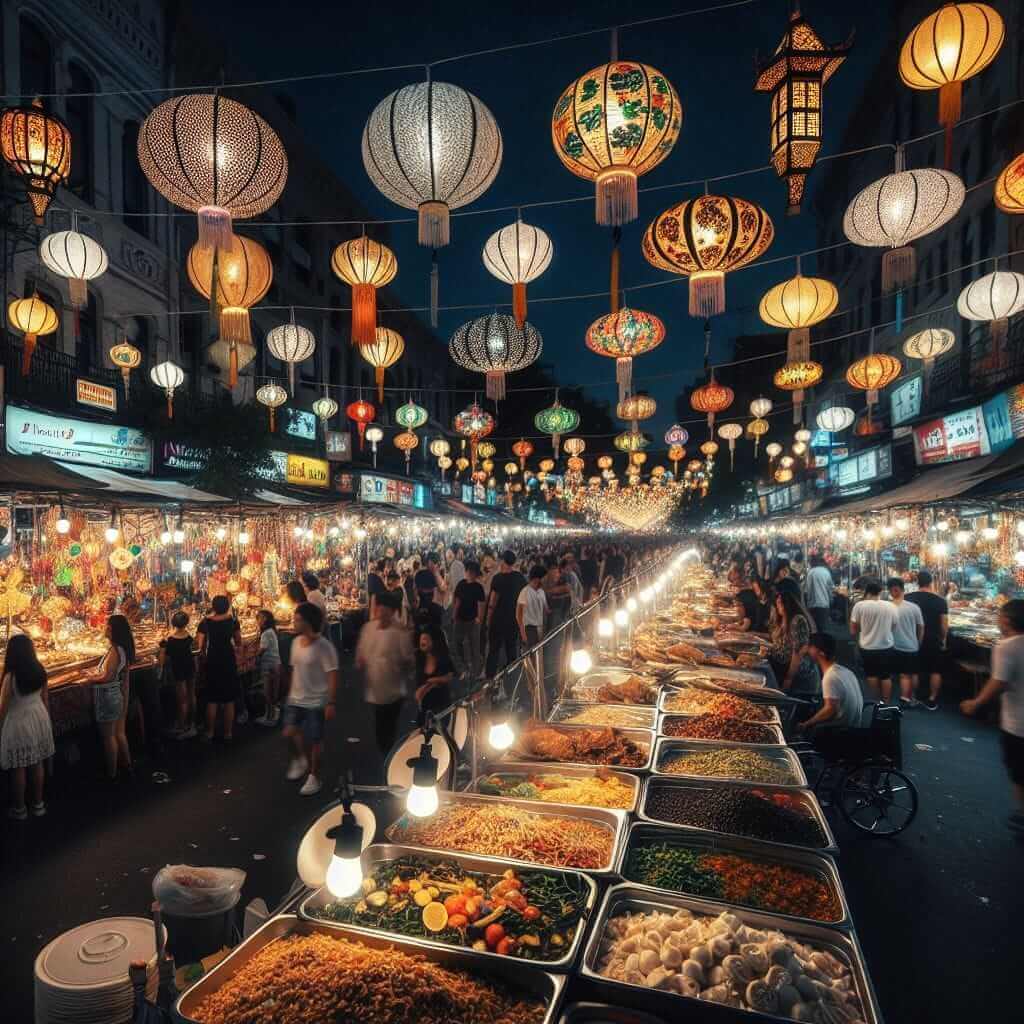In the IELTS Speaking test, the examiner evaluates your ability to communicate effectively in English by assessing your fluency, coherence, lexical resource, grammatical range, and accuracy. One common topic that might come up is “Describe an event that brought your community together.” This prompt aims to assess your ability to elaborate on a given topic and engage in a more in-depth discussion. Understanding how to answer such questions effectively can significantly enhance your performance.
Let’s delve into the structure of the IELTS Speaking test, explore sample answers, and understand how to impress the examiner.
Overview of the IELTS Speaking Test
Part 1: Introduction and Interview
In this section, the examiner will introduce themselves and ask you to do the same. After that, you will be asked general questions on familiar topics like home, work, studies, and interests.
Sample question:
- What is your hometown like?
Suggested answer:
“My hometown, Hanoi, is a bustling city known for its rich history and cultural heritage. It’s a place where ancient temples coexist with modern skyscrapers, creating a unique blend of the old and the new. The streets are always lively, especially around the Old Quarter, which is full of vibrant markets and street food vendors. I particularly enjoy the sense of community there, as people are generally warm and welcoming.”
Part 2: Long Turn
In this part, you will be given a cue card with a specific topic and asked to speak about it for 1-2 minutes. You will have one minute to prepare your answer.
Cue Card Topic: Describe an event that brought your community together
- What was the event?
- When and where did it happen?
- Who participated in this event?
- Why do you think this event was significant?
Sample Answer:
“One event that brought my community together was the annual Moon Festival celebration. It happened last September in our local park, which was beautifully decorated with lanterns and colorful banners. The whole neighborhood participated, from young children to the elderly, each playing a role in the festivities.
The event started with a dragon dance performance, followed by various cultural activities, such as lantern-making workshops and traditional music performances. My favorite part was the evening feast where everyone brought a dish to share, creating an enormous potluck dinner.
What made this event so special was how it fostered a sense of unity and belonging. Neighbors who rarely interacted came together, shared stories, and enjoyed the night as one big family. It also provided an opportunity for newcomers to feel welcomed and become part of the community. In today’s fast-paced world, such moments of togetherness are rare and invaluable.”

Follow-up questions:
- How does this event compare to similar events in other communities?
- Do you think events like these are important for community building?
Part 3: Two-way Discussion
In this part, the examiner will ask further questions related to the topic in Part 2, giving you an opportunity to discuss more abstract ideas and issues.
Sample questions and answers:
Examiner: “Do you think such community events are important for fostering a sense of community?”
Suggested answer:
“Absolutely. Community events play a crucial role in fostering a sense of community as they bring people together in a shared space, creating opportunities for social interaction and mutual support. These gatherings help individuals feel connected to their neighbors, which can lead to a more cohesive and supportive community. Furthermore, they help to preserve cultural traditions and strengthen communal bonds, which are vital for maintaining social harmony.”
Examiner: “What challenges do communities face in organizing such events, and how can they be overcome?”
Suggested answer:
“Organizing community events can be challenging due to factors such as limited funding, lack of volunteers, and logistical issues. Overcoming these challenges requires collaborative efforts and strategic planning. Seeking sponsorship from local businesses, applying for grants, and encouraging community members to volunteer can all help alleviate resource constraints. Additionally, leveraging social media for publicity can enhance participation and support.”
Important Vocabulary and Structures
Key Vocabulary:
- Bustling: (adjective) Full of activity.
- Blend: (noun/verb) A mixture; to mix.
- Lantern: (noun) A portable lamp with a transparent case.
- Dragon dance: (noun) A traditional dance performed in Chinese culture during festive events.
- Potluck: (noun) A meal where each guest brings a dish.
Advanced Structures:
- Complex sentences: “What made this event so special was how it fostered a sense of unity and belonging.”
- Relative clauses: “Neighbors who rarely interacted came together.”
- Passive voice: “It was beautifully decorated with lanterns and colorful banners.”
Tips for High Scores
- Fluency and Coherence: Practice speaking smoothly without long pauses. Use discourse markers like “Firstly,” “Moreover,” “On the other hand,” etc.
- Lexical Resource: Expand your vocabulary related to the topic. Use synonyms to avoid repetition.
- Grammatical Range and Accuracy: Use a variety of sentence structures, including complex sentences and different tenses.
- Pronunciation: Ensure clear pronunciation and intonation patterns to convey your message effectively.
Conclusion
To achieve a high score in the IELTS Speaking test, it’s essential to practice regularly and familiarize yourself with common topics like community events. Use the sample answers provided to model your responses, paying special attention to vocabulary, grammar, and fluency. By doing so, you’ll enhance your ability to communicate effectively and impress the examiner.
For more practice on similar topics, you can check out these resources: Describe a time when you witnessed a public event, Describe a time when you played a sport, and Describe an occasion when you celebrated something.